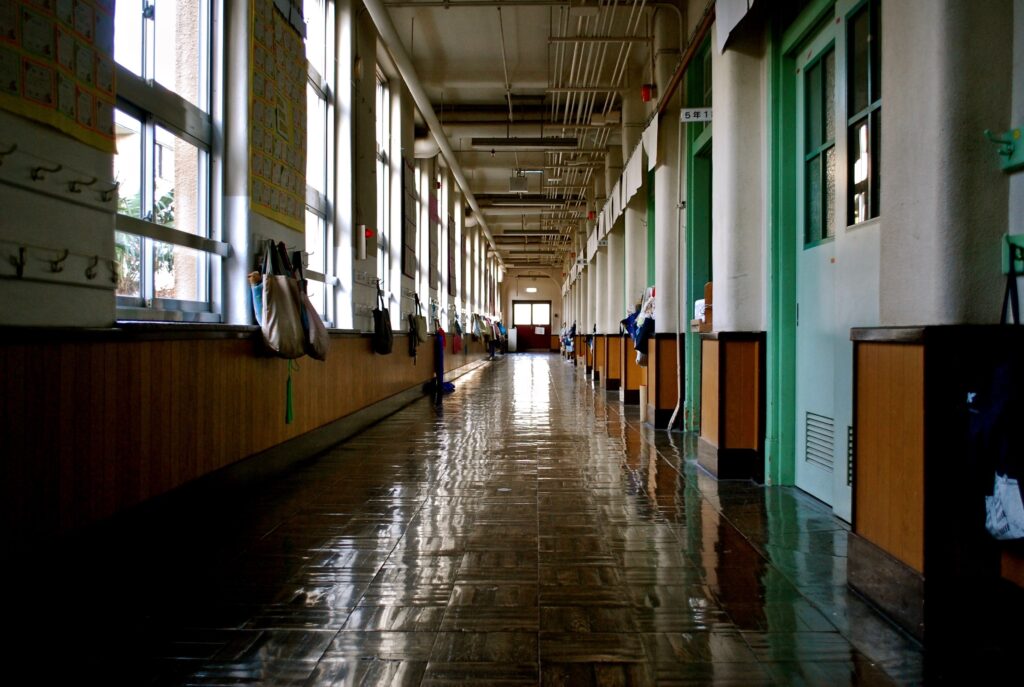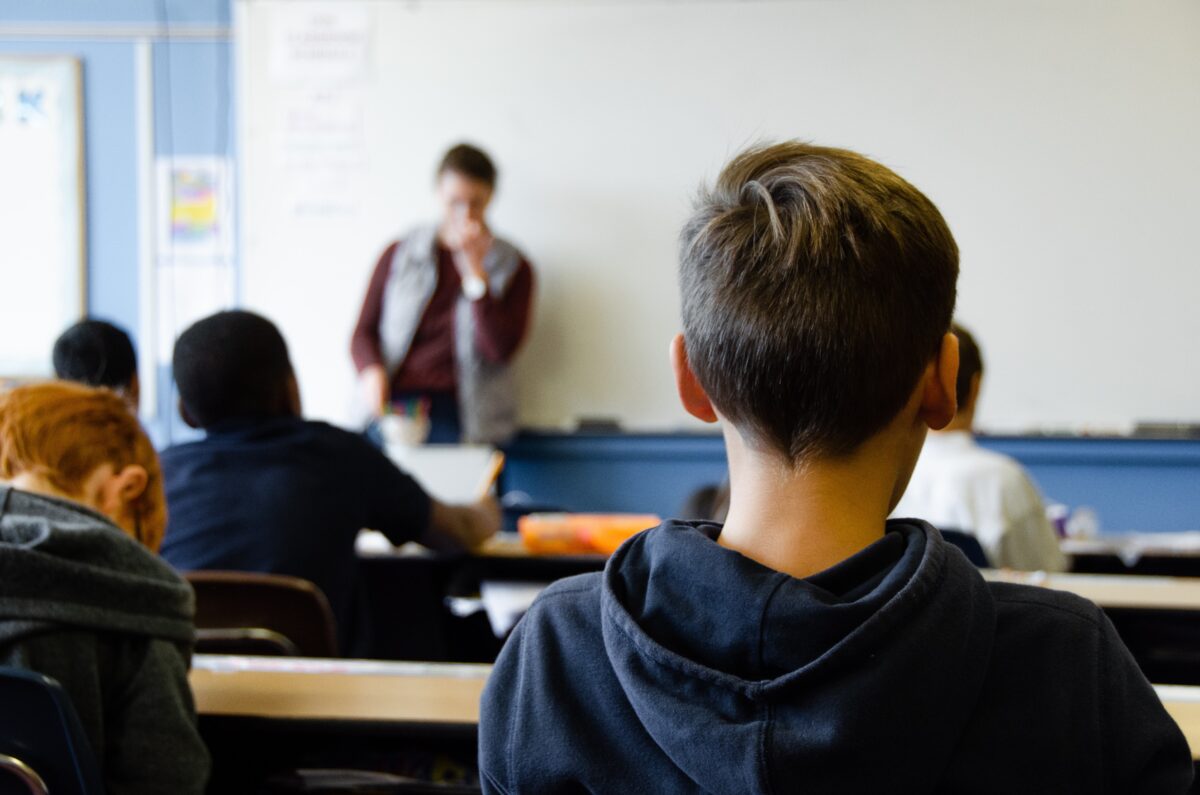A Parent’s Perspective

This is part 3 of a three part interview series on eating disorders in schools. Sadie, a recent high school graduate (class of 2021), opened up about her experience of fighting a life threatening eating disorder while navigating school. Sadie suggested I speak with her mom, because she has a different and important perspective as well. Sadie was right; her mom offered great insight on working with the school and teachers as she helped Sadie flight her eating disorder. Here is our interview with Sadie’s mom.
Question: Can you give us an overview of Sadie’s eating disorder during high school?
Lara’s Answer: “The very intense struggle for Sadie began during her sophomore year. We noticed worrying behaviors that we later recognized as severe eating disorder behaviors, and she became severely malnourished, so much so that her brain was injured. It was life-threatening and very scary. She was diagnosed with an eating disorder, and in March of her sophomore year, it became clear that she needed to be pulled out of school to go into full-time, in-patient treatment because her eating disorder was only getting worse, and her life was at risk. She did not finish that school year; she stayed in treatment throughout the summer.
Junior year was difficult. She had just gotten out of treatment, but there was a long road ahead of us. Sadie had doctors appointments, therapy appointments, and nutritionist appointments several times a week, which sometimes cut into school hours. She had to be supervised while she ate, she was picked up for lunch everyday. She had a reduced schedule that included only classes that were absolutely necessary. She took her math class online, so she could learn at her own pace. With a tremendous amount of effort and support Sadie made it through the whole school year.
Senior year, Sadie had to play some catch-up with some of the classes she didn’t take the year prior. Sadie was continuing to heal and in stronger recovery as she began the school year. Sadie had a significant relapse midway through the year. It is not uncommon for people to relapse in their eating disorder recovery journey. Recovering from an eating disorder is never linear. It was a very difficult setback. We considered having Sadie return to residential treatment again, but ultimately, Sadie was able to stay in school. It was a very challenging time. Sadie needed a lot of support and she made it through, and graduated at the end of the school year.”
Question: Can you tell us about Sadie’s brain and capacity to learn as she was fighting her eating disorder?
Lara’s Answer: “Sadie was having significant health consequences as a result of malnutrition. Her brain was damaged and was not working properly. She was constantly dizzy, nauseous, cold, and had extreme fatigue– when Sadie was picked up from school, she would fall asleep in the car within 15 seconds. She would speak, but her words didn’t make sense. She couldn’t remember things from one moment to the next. Her brain just stopped functioning. She was unable to put energy into anything academic.
By coincidence, an appointment scheduled months prior to re-evaluate Sadie’s ADHD diagnosis as required for upcoming ACT and SAT testing occurred when she was very ill with the eating disorder. The psychologist conducting the evaluation was the same who did her initial testing several years earlier. He noted that even though he observed Sadie putting significant effort into the various tests, especially math computation, she could not arrive at the correct response. When the body is that malnourished, the brain is compromised.
As we learned more about Sadie’s diagnosis and the effects of starvation, we were told to expect the healing process of the brain to take a couple of years with good nutrition. We’ve also learned when teens and younger children have an eating disorder there are often developmental delays. They can and will catch up developmentally, but it takes time and recovery.”
Question: What did teachers and administration do that made things easier for Sadie?
Lara’s Answer: “Sadie’s teachers, guidance counselor and the school administration were so, so wonderful and amazing. They were compassionate and made it clear that they wanted Sadie’s focus to be on recovery and they would support her recovery. They were compassionate and supportive when Sadie had to leave school several weeks before the end of the school year for residential treatment out of state as a sophomore. They created a reduced schedule during her junior year that was unconventional but exactly what Sadie needed and continued to be supportive throughout her senior year.
Her teachers were sensitive to the situation when talking to Sadie about academics; they led with the positives, acknowledged her effort, and were tactful and compassionate when suggesting ways to improve. It was empowering for Sadie. It was incredibly helpful that her teachers were not adversarial when she was struggling or needing accommodations. They trusted us and were very understanding when we asked for time off, extra help, and schedule changes.
We were able to work together for what was best for Sadie and I will forever be grateful to them.”
What tips do you have for educators who are working with students with eating disorders?
Lara’s Answer: “First, eating disorders are a complex brain based disorder with a genetic component. Developing an eating disorder is not a choice. Every teacher will have students who are genetically predisposed to developing an eating disorder. You don’t know which students are predisposed, or who is already on their way to developing an eating disorder. So, all of this advice could really be applied to all students because eating disorders occur in all socio-economic levels, all races, genders, body types, sexuality and ages.
Eliminate all diet talk and all exercise talk when you are around your students. Comments like, “I can’t believe I just ate all that!” or “I’ll have to run this off later,” or “I deserve to eat this!!” or “How many calories are in this?” or “This cookie is going straight to my thighs!” and “You’re lucky you can eat whatever you want!” are picked up by students. These types of comments are so harmful to students with eating disorders, and can even push genetically predisposed students into developing an eating disorder.
Teacher’s should completely avoid commenting on what a student is eating, even in a joking way. No attention at all. Someone with an eating disorder or someone predisposed to develop an eating disorder will always hear the message in a way that is harmful, even life threatening.
Food is medicine for students with eating disorders. Even if you mean no harm, well intended comments or attempted jokes are not appropriate or supportive.
Don’t talk about food habits and calories in class or with other faculty when students are in the vicinity. In my experience, too often when people find out Sadie has an eating disorder, they like to talk about their own food habits, body, or insecurities and end up making comments that are harmful.
Be mindful when a student experiences a drop in their grades or performance in class. That can be an indicator that something is going on.
It was extremely helpful to have Sadie’s guidance counselor as our point person to coordinate school support and accommodations. We kept in regular contact and we gave approval for her to be in contact with Sadie’s therapist, dietician, and physician. This way, I didn’t have to have the same conversations with each teacher and senior administrators. It worked very well for us, and it may work well for other families and schools, too. Sadie’s guidance counselor seamlessly coordinated everything on the school’s end.”





